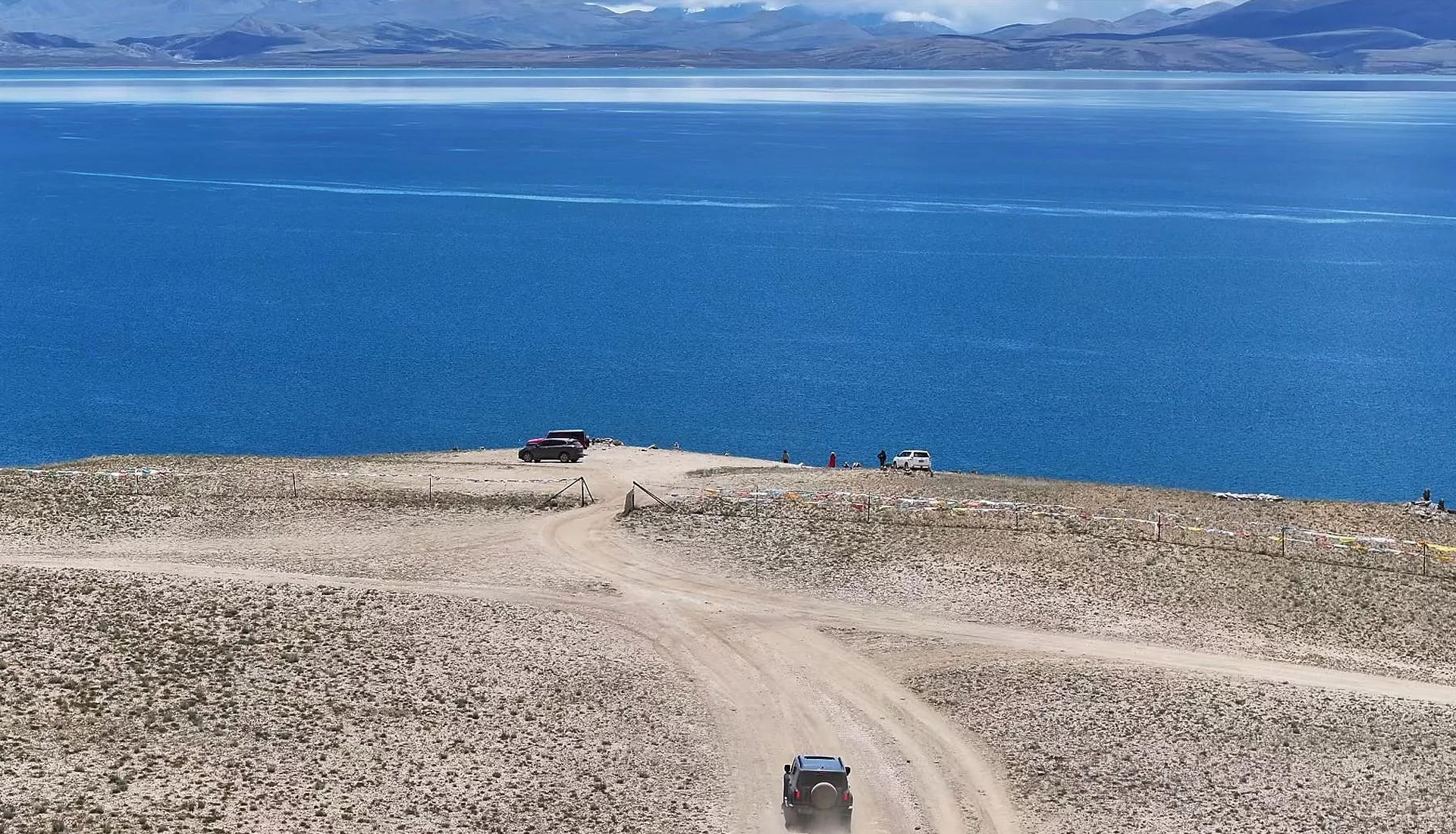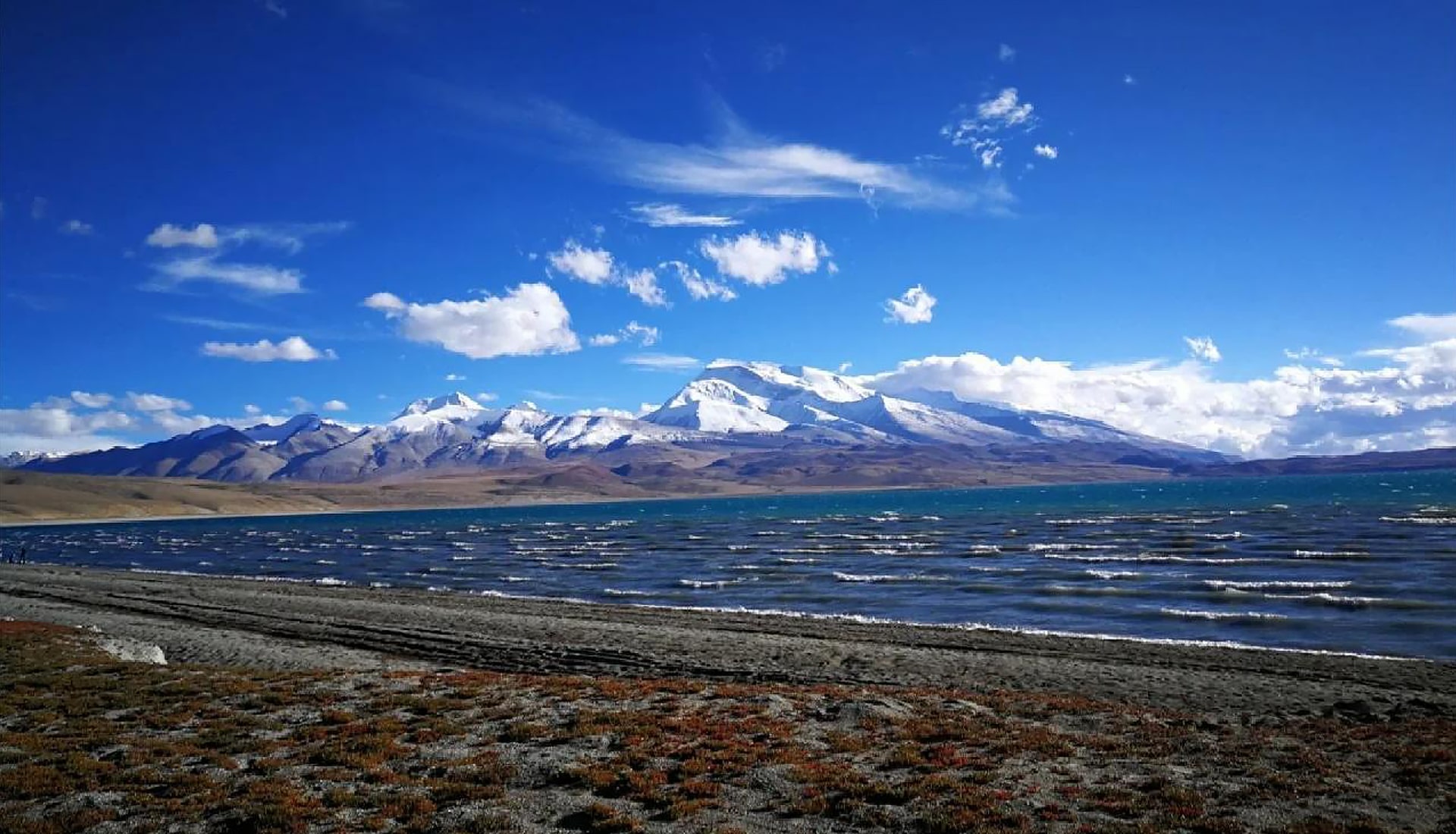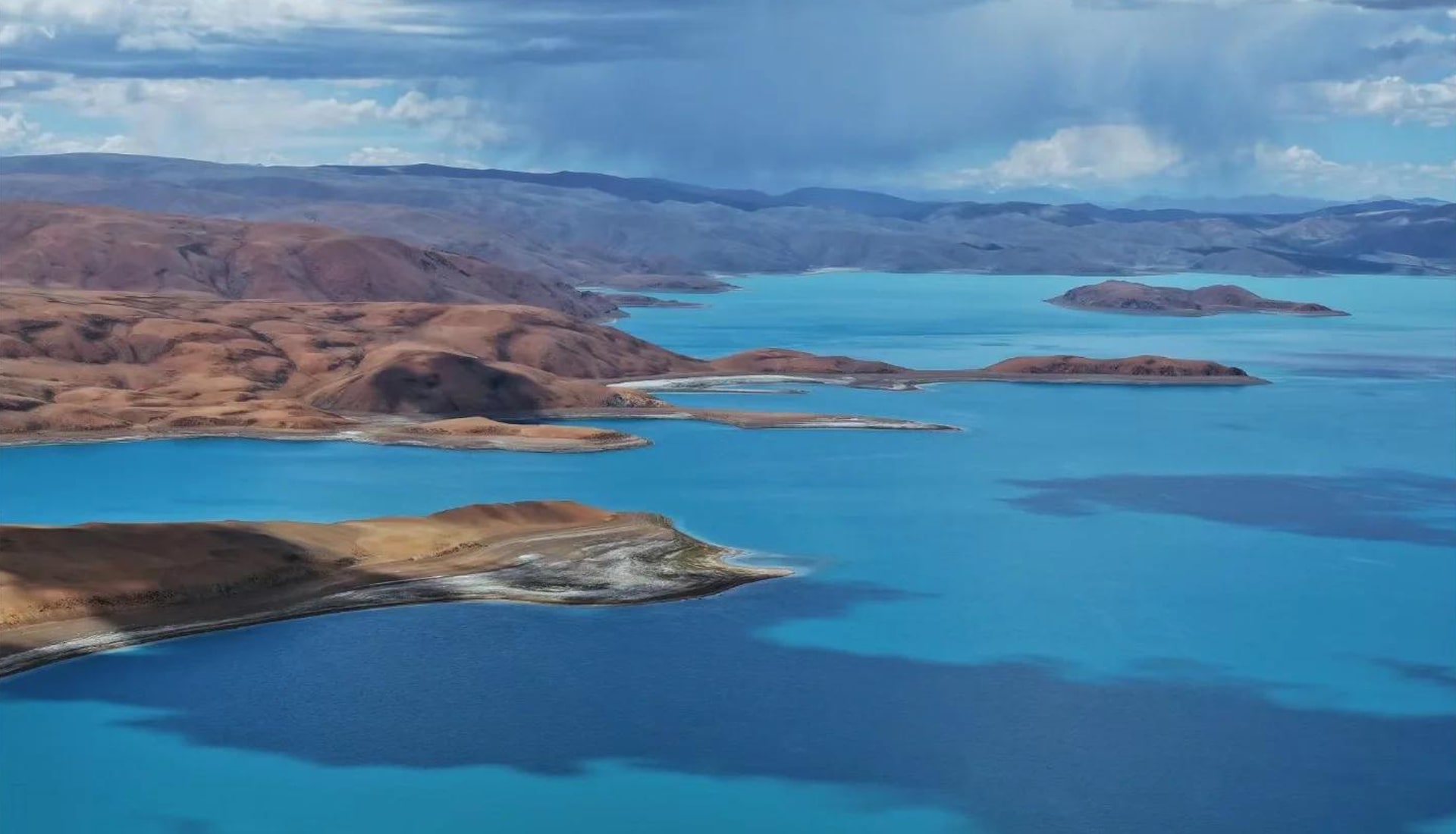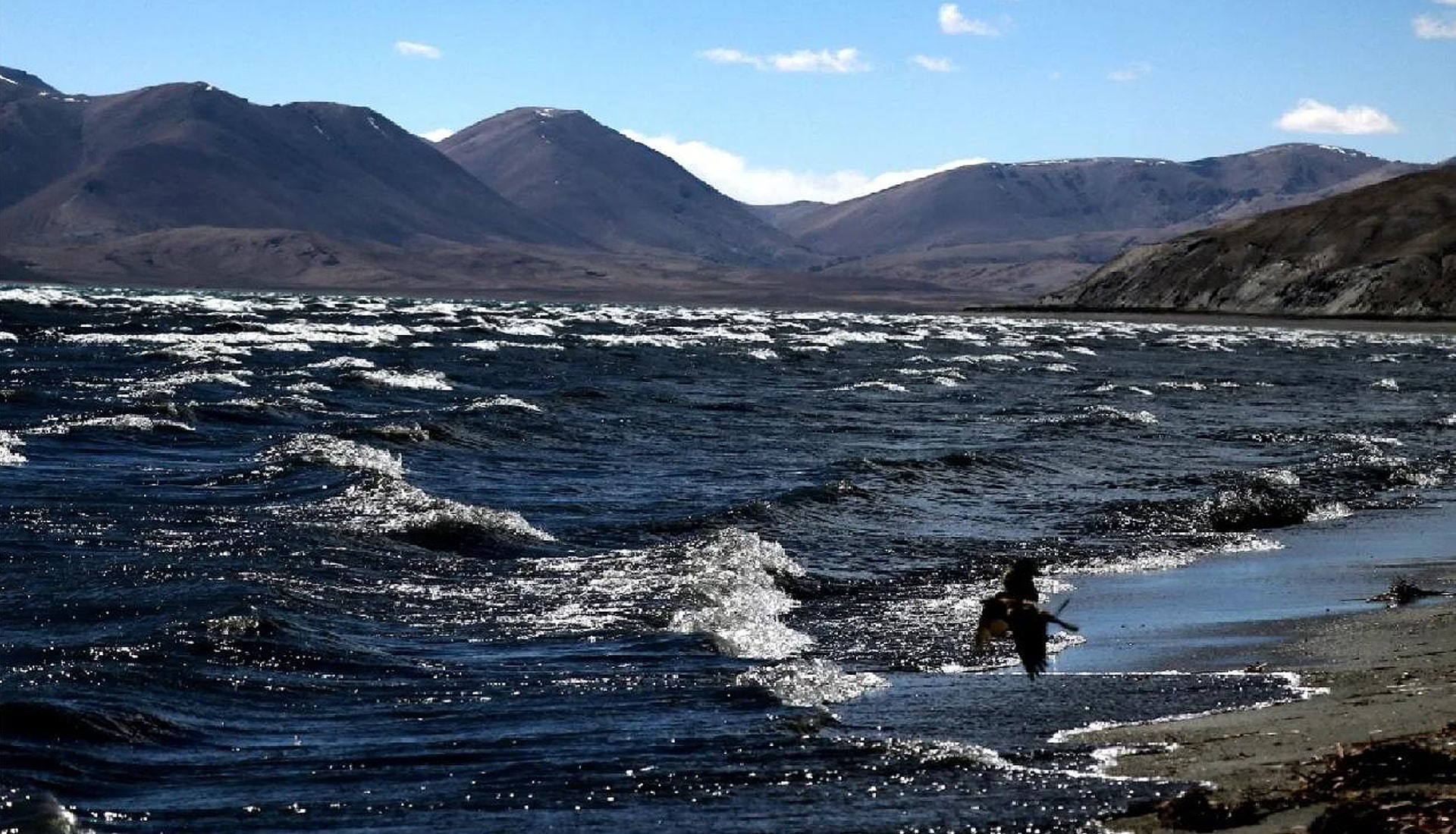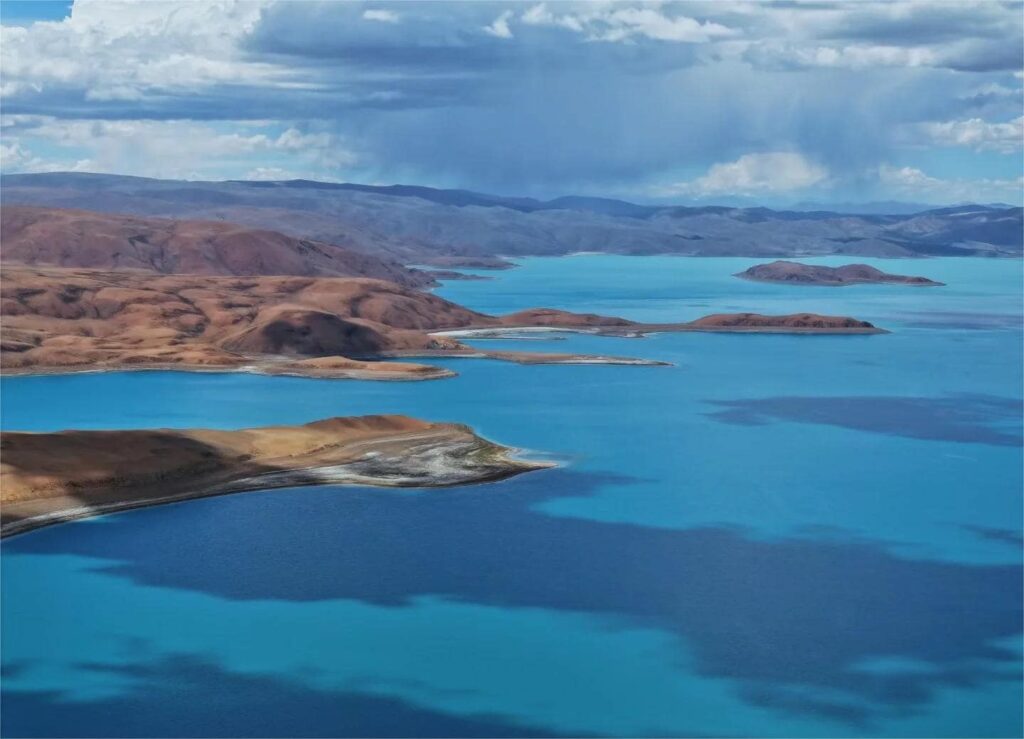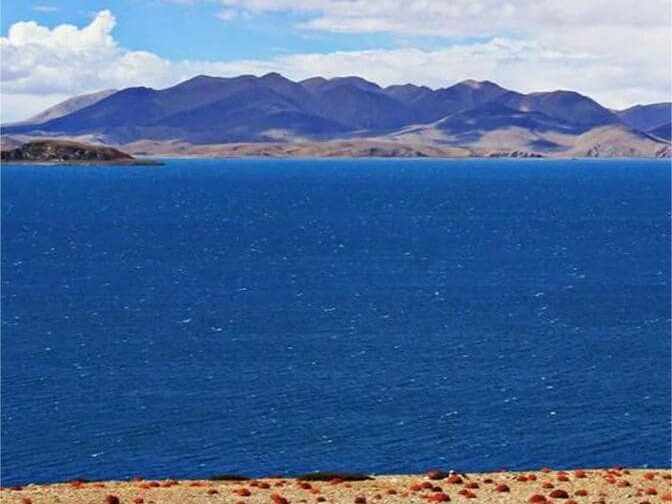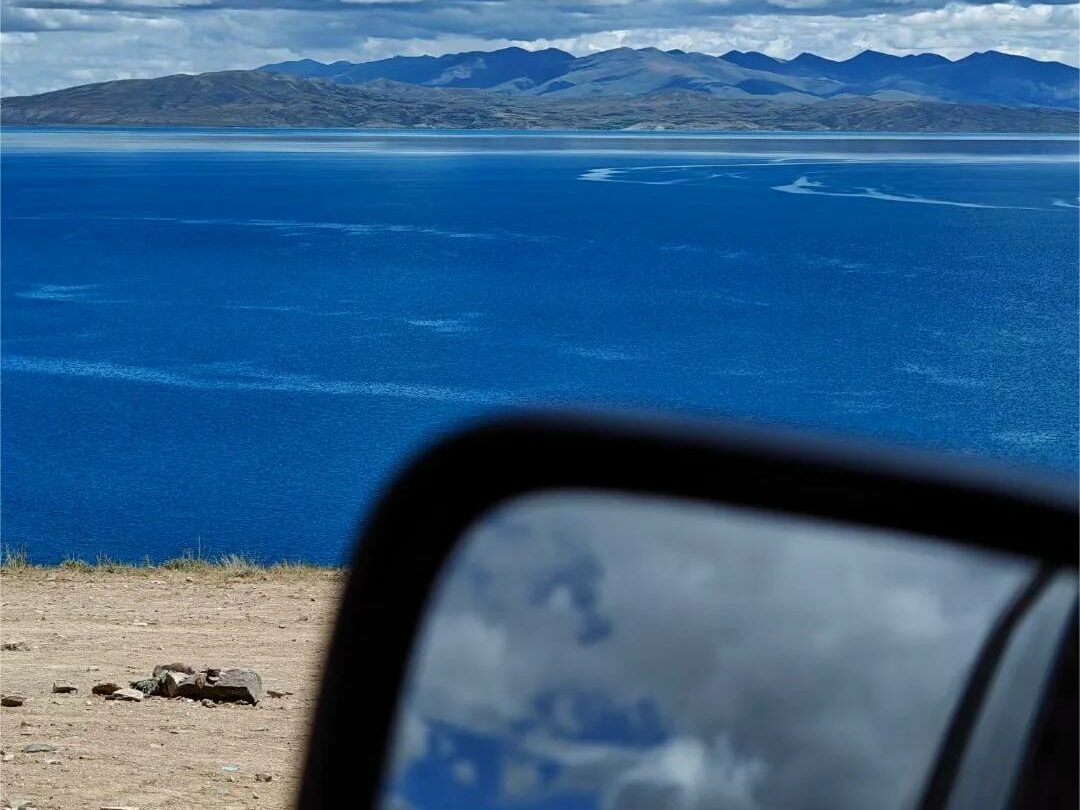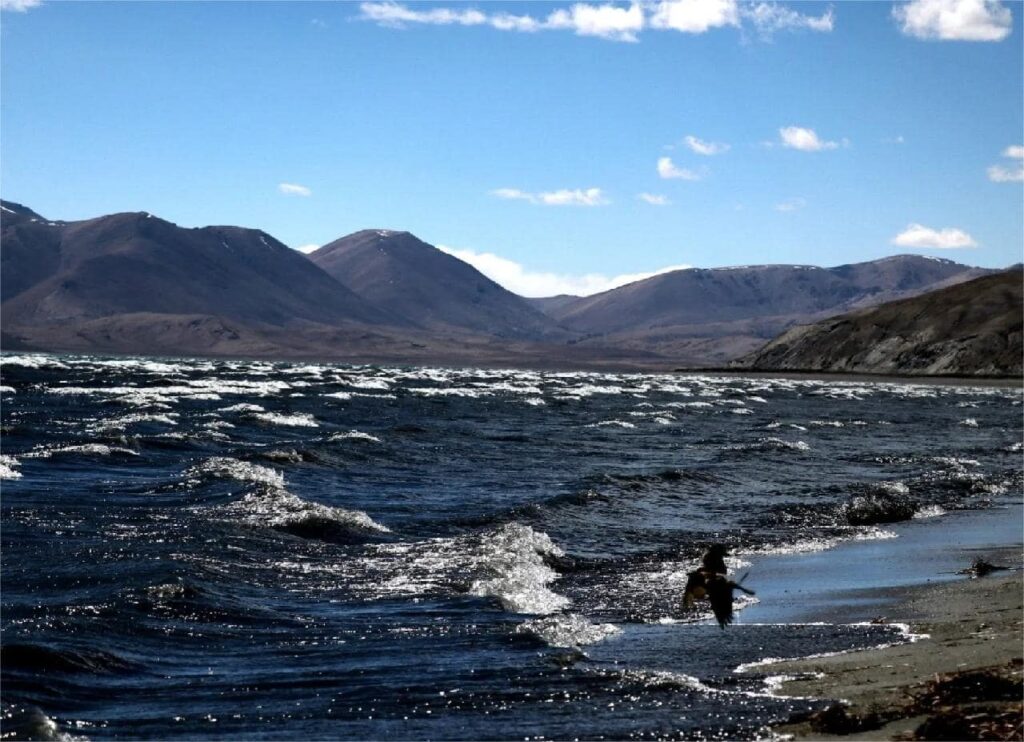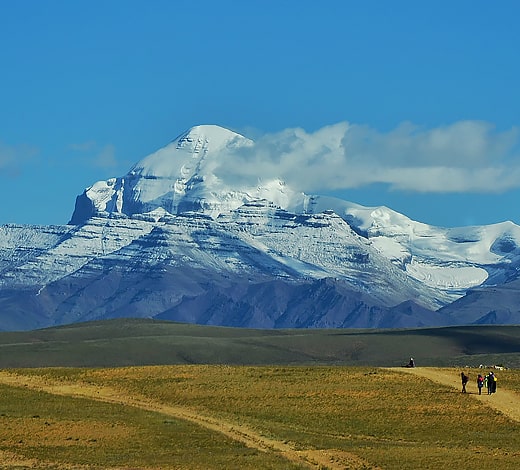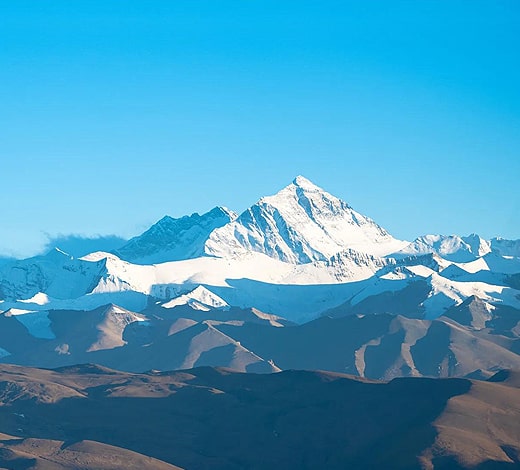Lake Rakshastal (Ghost Lake): A Mysterious Contrast to the Sacred Waters of Tibet
The name “Ghost Lake” leaves a lasting impression. In Tibetan, Rakshastal (拉昂错) translates to “poisonous black lake”—a name that carries an air of mystique and spiritual depth. According to traditional Tibetan beliefs, the majestic lakes and mountains of Tibet are home to sacred spirits and unseen forces.
Located right next to the holy freshwater Lake Manasarovar, Rakshastal is seen as its mysterious and darker counterpart. The two lakes were once connected, but over time, climatic and geological changes separated them. Though they share the same sky and climate, their natures are starkly different.
Manasarovar is known for its clear, sweet waters and abundant life—often revered as the “Lake of the Gods”. By contrast, Rakshastal is a saline lake with bitter water, minimal vegetation, and little to no wildlife. It is often referred to as the “Lake of Demons”.
This striking contrast reflects the duality deeply rooted in Tibetan cosmology: sacred versus profane, light versus dark, life versus desolation. Lake Rakshastal is not just a natural wonder, but a symbolic mirror of Tibetan spirituality and an awe-inspiring stop for travelers seeking mystery, silence, and reflection.

